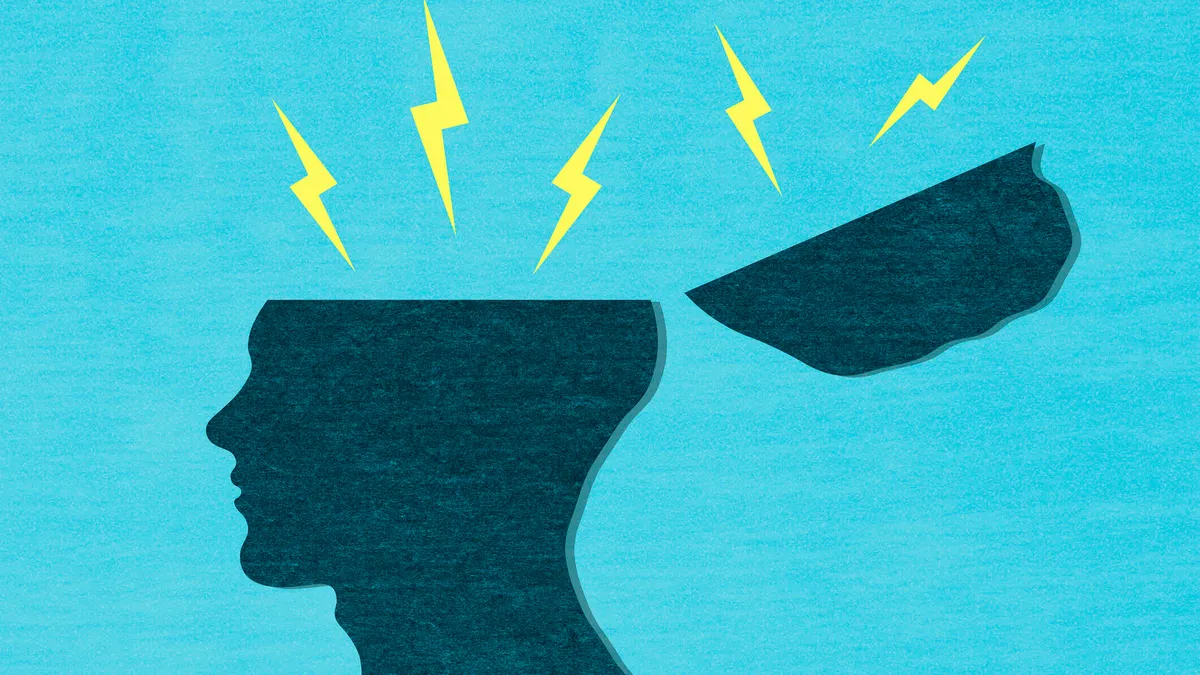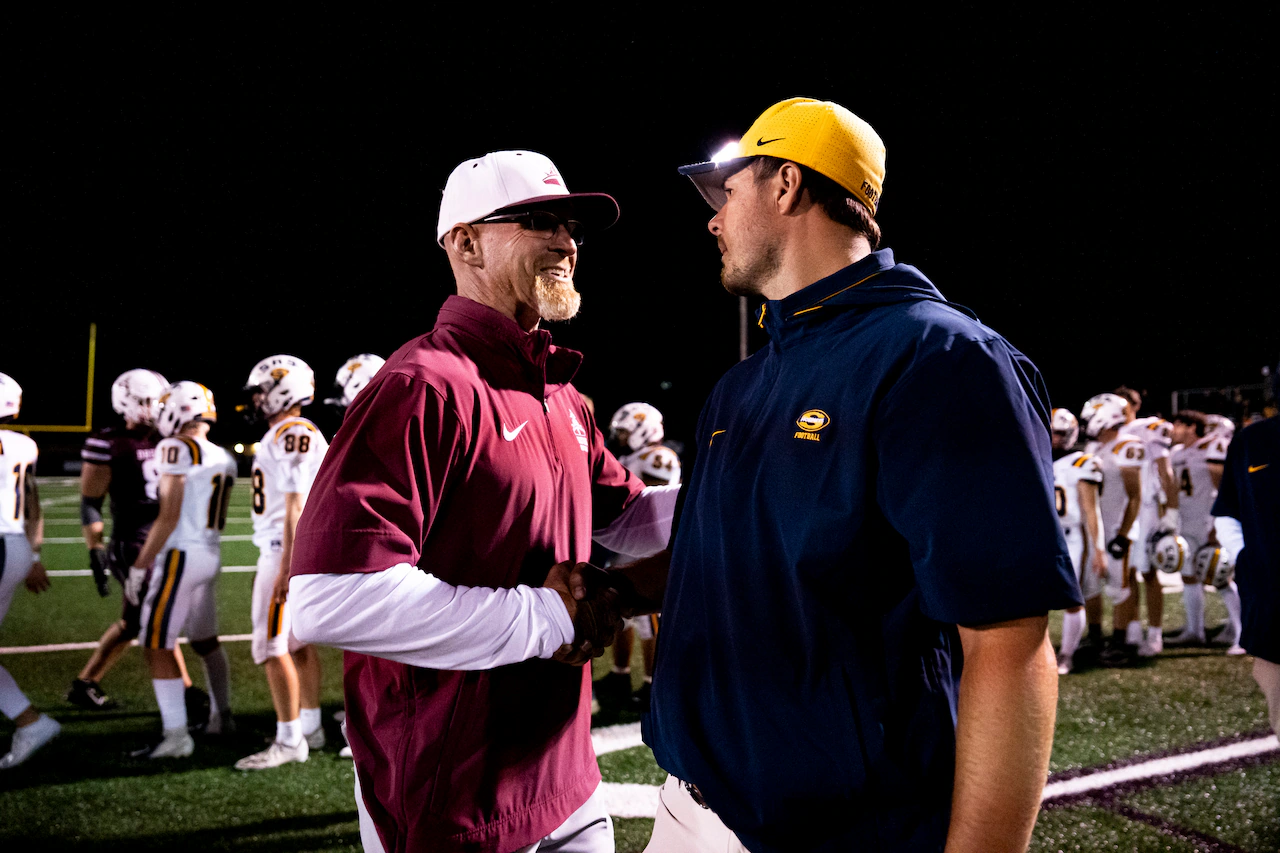
At a disability help desk at the airport, a badge around her neck, Jennifer Opal was visibly communicating that she had an invisible disability. When the situation became overwhelming, Opal experienced what she calls an “autistic meltdown,” and the staff around her didn’t know what to do.
“They just looked at me like something was wrong,” Opal tells me. “I couldn’t communicate with them that I needed help. But they also couldn’t identify that I needed help. Even with me wearing a lanyard and a badge to say that I have invisible disabilities… it didn’t help.”
While frustrated in that moment, she turned the incident into inspiration to build what she, and others who have experienced similar things, needed: individualized sensory support for neurodivergent humans.
Our conversation started in the evening on a Google Meet call. Opal, an award-winning UK-based software developer and neurodiversity advocate, was telling me about ssensimm, a free AI-powered health tech app that she has built. Integrating with your Apple Watch, Oura Ring or Ultrahuman Ring, ssensimm is designed to prevent sensory overload in neurodivergent individuals — before it leads to meltdowns.
Why was ssensimm created?
Opal was in her late 20s when she was diagnosed with a neurodivergence — originally, ADHD. It wasn’t until she started taking ADHD medications that her autistic traits started to show. However, she recalls experiencing a lot of meltdowns before then, similar to what happened at the disability help desk at the airport.
In 2013, the DSM-5 — Diagnostic and Statistical Manual of Mental Disorders — was updated to consider a dual diagnosis of both autism and ADHD. Research on how autism and ADHD can look in an adult is ongoing, and the way in which neurodivergent traits show up varies by the individual.
That limited research, mixed with the accessibility barriers that can prevent someone from being tested for ADHD and autism, are big reasons Opal was inspired to create ssensimm: to fill a gap in patient care.
“I want it to be the app that our community can depend on as neurodivergent people, especially those that are also currently waiting for diagnosis and don’t have access to support without a diagnosis,” Opal says.
ssensimm was originally Opal’s personal machine-learning project. But when she shared the prototype with her LinkedIn community, it generated 50,000 views, with community members reaching out to inquire whether it would become an app.
Nearly 5,000 people signed up for the app’s waitlist over three weeks. That’s when she realized her experience was much more common than she initially thought, and she began work on building it out.
How does ssensimm use AI?
ssensimm collects real-time sensory inputs from your wearable, which has sensors to monitor and track your health. This allows ssensimm to identify environmental factors such as noise levels and location — and personal data like fatigue and user patterns — to predict potential sensory challenges for someone and intervene before a crisis occurs by suggesting personalized coping strategies.
“It actually helps you plan your day and travel routes with your sensory needs in mind, like suggesting the quieter coffee shop when your system’s already stressed, or reminding you to take the less-crowded route home. Plus, it considers how your cycle affects things if you menstruate,” Opal explains in a TikTok. “(It) can even message your trusted person if you’re struggling.”
The only similar tools Opal saw in the market either require “a lot of manual input, which also takes a lot of cognitive load” or were very “reactive.” She tells me she wanted ssensimm to be built to get to know you, for you.
“We want to provide support, but we also don’t want it to be a thing where we are telling them exactly what to do,” Opal says. “We’re helping to provide them support so that we can still… navigate the world that we’re living in.”
Then, ssensimm integrates with Claude AI for its ability to analyze patterns and forecast sensory challenges while supporting an adaptive interface. (The app will be able to dynamically adjust based on your current sensory capacity.) As a result, by ssensimm recognizing patterns, it can predict potential sensory challenges before they happen.
Claude AI also provides a fallback system. If you lose connection, the app can still offer support by using pre-trained recommendations until it reconnects to the network, while keeping all data stored locally for privacy. This was an important part of Opal’s process as she built something so personal to someone’s daily ability to function.
“The architecture that we’re using for ssensimm is local architecture — it’s saved on users’ devices,” Opal says. “I wanted it to be an app that our community can trust. We’re not monetizing it, we’re not selling it, nothing like that at all. We have a right to privacy, and I just want my community to feel safe.”
Who should use ssensimm?
I had multiple flashbacks as Opal shared her experiences with me. One that also occurred publicly at an airport, and, more specifically, in response to the slew of medication I was put on while navigating a new city and job. (This was after my testing results came back that I was “slightly ADHD,” but nothing more, despite my pushback that my nervous system was extremely dysregulated.)
This is all to say that between ssensimm’s growing online community, my own experiences and Opal’s vision for what she’s built, I don’t doubt that there are a lot of people who could use senssimm — especially if you’re trying to understand the signs and signals of a meltdown before they occur.
The one deterrent is that ssensimm is currently available only via Apple Watch, with the ssensory app coming to iOS — a choice made for ease of implementation and innovation, as the majority of pre-launch users surveyed had an Apple Watch. Still, Opal says there may be other ways in the future for ssensimm to reach more people via an app or without the need for a wearable.
“I really want people to trust me, to be able to build something that will really help them and make a positive difference in their lives.” Opal says.
I had made the mistake of scheduling a call that was in a different time zone, hours ahead for Opal. It’s now almost 11 p.m. where she’s located, the glint of a streetlamp blocking parts of her screen.
The final moments of our conversation consisted of Opal reflecting on the result of putting ssensimm online, with humans from all different backgrounds — some diagnosed, some not — sharing their own stories and struggles that ssensimm could ultimately aid, particularly when she didn’t necessarily believe it was something that was needed.
“What I’ve learned is that when you’re experiencing something and you’re trying to build a solution for it, you’ll be surprised at how strangers on the internet can come and validate what you’re experiencing,” she adds.
When it comes to getting the care you need, validation — along with intention — can be a powerfully affirming experience.
You can sign up for early access to ssensimm on its website. The app’s planned launch is at the end of 2025.



